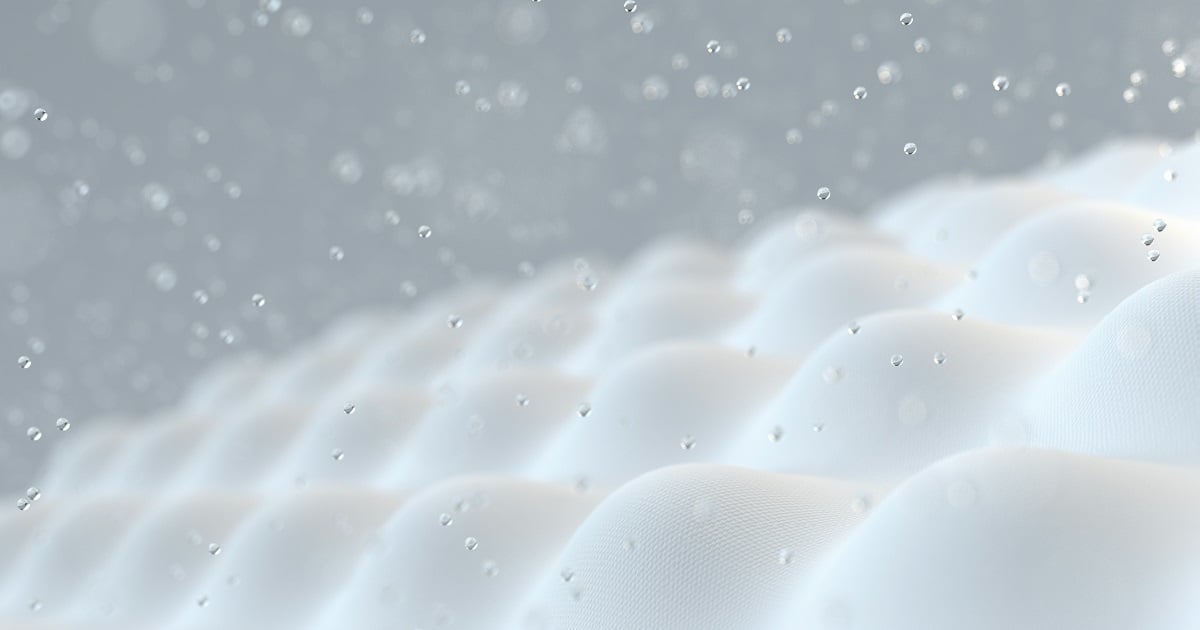Nanofibrous Yarns and Nanotextiles for Biomedical Application
A special issue of Fibers (ISSN 2079-6439).
Deadline for manuscript submissions: 30 June 2024 | Viewed by 1653

Image courtesy of D koi on Unsplash
Special Issue Editor
Interests: nanotextiles; nanofibrous yarns; medical polymers; sutures; nanofibrous thread; electrospinning
Special Issues, Collections and Topics in MDPI journals
Special Issue Information
Dear Colleagues,
There is a growing interest in the field of medical textile technology with nanofibers. The enormous surface-to-volume ratio of medical nanotextiles enhances the biological interaction and provides numerous functional features which have never been explored before. The nanoscale properties of nanofibers and enhanced mechanical properties enable us to fabricate next-generation scaffolds for regenerative medicine.
Topics:
1) Nanotextiles for biomedical application;
2) Nano/microfibrous yarns for biomedical application;
3) Flexible, wearable fabrics for next-generation sensors;
4) Nanotextiles for drug delivery applications;
5) Nanotextiles for regenerative medicine.
Dr. John Joseph
Guest Editor
Manuscript Submission Information
Manuscripts should be submitted online at www.mdpi.com by registering and logging in to this website. Once you are registered, click here to go to the submission form. Manuscripts can be submitted until the deadline. All submissions that pass pre-check are peer-reviewed. Accepted papers will be published continuously in the journal (as soon as accepted) and will be listed together on the special issue website. Research articles, review articles as well as short communications are invited. For planned papers, a title and short abstract (about 100 words) can be sent to the Editorial Office for announcement on this website.
Submitted manuscripts should not have been published previously, nor be under consideration for publication elsewhere (except conference proceedings papers). All manuscripts are thoroughly refereed through a single-blind peer-review process. A guide for authors and other relevant information for submission of manuscripts is available on the Instructions for Authors page. Fibers is an international peer-reviewed open access monthly journal published by MDPI.
Please visit the Instructions for Authors page before submitting a manuscript. The Article Processing Charge (APC) for publication in this open access journal is 2000 CHF (Swiss Francs). Submitted papers should be well formatted and use good English. Authors may use MDPI's English editing service prior to publication or during author revisions.
Keywords
- nanotextiles
- nanofibrous yarns
- medical polymers
- sutures
- nanofibrous thread
- electrospinning
Planned Papers
The below list represents only planned manuscripts. Some of these manuscripts have not been received by the Editorial Office yet. Papers submitted to MDPI journals are subject to peer-review.
Title: Deformation behaviour of natural spider silk exposed to different solventsDeformation behaviour of natural spider silk exposed to different solvents
Authors: Leon Ploszczanski; Gerhard Sinn; Karolina Peter; Michael Fitzka; Helga Lichtenegger
Affiliation: Institute of Physics and Materials Science, Department of Material Sciences and Process Engineering, University of Natural Resources and Life Sciences, Vienna, Peter-Jordan-Strasse 82, A-1190 Vienna, Austria





